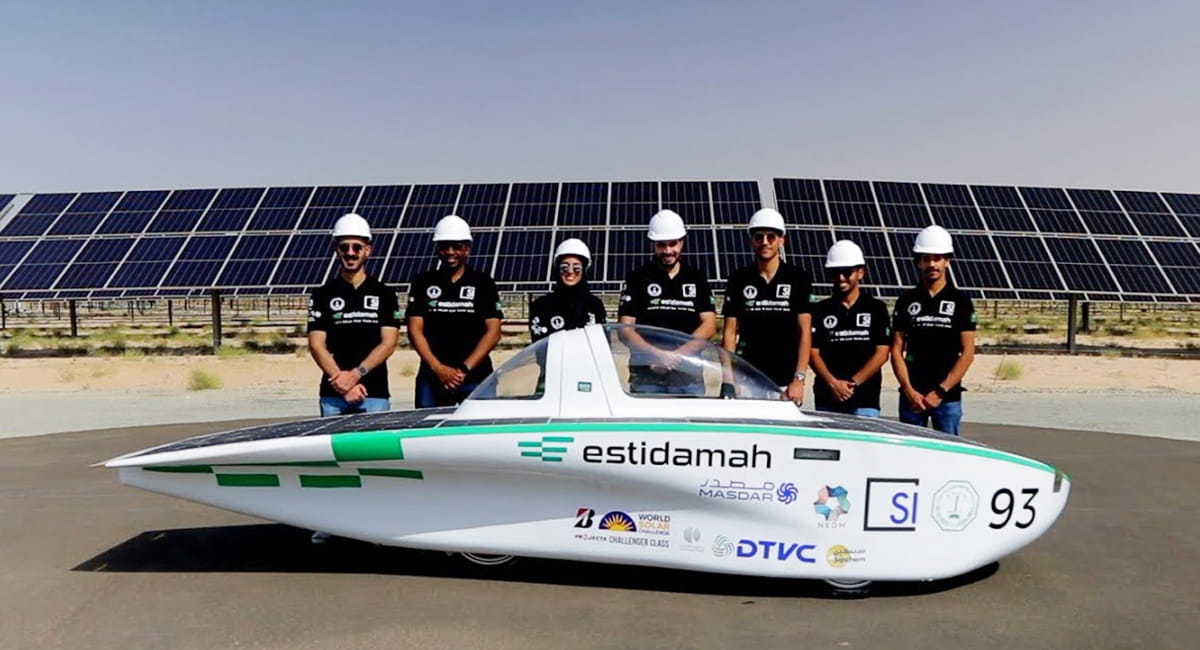Abu Dhabi Future Energy Company PJSC – Masdar has secured two large-scale solar photovoltaic projects in Saudi Arabia, with a combined capacity of 2 gigawatts, under the country’s sixth round of the National Renewable Energy Programme. One facility, located in Najran Province, will deliver 1,400 megawatts, and the other, in Jizan Province, will provide 600 MW. Both projects will operate on a build-own-operate basis and are backed by a 25-year power purchase agreement with the Saudi Power Procurement Company.
Masdar’s chief executive, Mohamed Jameel Al Ramahi, described the awards as a significant boost to the company’s Saudi-Arabia portfolio, citing two decades of utility-scale renewables experience and a global project footprint exceeding 51 gigawatts. The Najran plant is slated for commercial operations in the first half of 2028, while the Jizan-based Ad Darb facility is expected to start before the end of 2027.
The Najran project stands out for its extremely low levelised cost of electricity at about US$0.0110 per kWh, according to industry analysis — the second-lowest solar tariff globally to date — while the Ad Darb plant’s LCOE is assessed at around US$0.0136 per kWh. Both figures reflect fierce competition in utility-scale solar procurement and underscore Saudi Arabia’s push to drive down renewable energy costs.
Saudi Arabia’s SPPC has now awarded capacity totalling approximately 43.2 GW across all bidding rounds, with about 12.3 GW already connected to the national grid, signalling an accelerating shift in the country’s generation mix. The sixth-round awards span four solar sites and one wind farm, covering roughly 3 GW of capacity overall. In this context, Masdar has emerged as a dominant player, securing the largest share of capacity for three consecutive years.
Saudi Arabia’s energy transition strategy, anchored in its Vision 2030 programme, aims to expand renewable capacity and reduce reliance on fossil-fuel-based generation. With the global cost of solar modules and inverter technology continuing to fall, the Kingdom’s tendering framework has attracted strong interest from international developers. Masdar’s success here builds on its existing Saudi presence that includes a 300 MW Jeddah solar plant and the 400 MW Dumat Al Jandal wind farm, the country’s first large-scale on-shore wind installation.
Analysts highlight several broader implications of the Masdar deals. First, the contract’s 25-year PPA term aligns with international investment norms for utility-scale renewables, providing stability for lenders and equity investors. Second, the ultra-low tariffs signal growing confidence among global firms in the viability of Saudi renewables under local regulatory frameworks. Third, the sheer scale of the two projects underscores a trend toward mega-capacity renewables in the Middle East.
That said, observers caution that execution risks remain non-trivial. Building and commissioning GW-scale solar plants in the hot, remote regions of Saudi Arabia—such as Najran’s desert terrain—present logistical, grid-integration, and operational challenges. Ensuring the availability of skilled labour, supply chain resilience, and grid-evacuation infrastructure will be vital for delivering on timetable targets. Moreover, achieving sustained performance over the PPA term will require robust maintenance regimes and proactive management of environmental factors—including dust, heat degradation and performance losses over time.
For Masdar, the awards represent a logical extension of its growth strategy: the company is targeting 100 GW of global capacity by 2030. The Saudi projects provide both scale and strategic positioning in a key region. They also enhance Masdar’s credentials with national utilities and procurement agencies, likely opening doors for ancillary opportunities such as energy storage, green hydrogen and hybrid renewables.
On the Saudi side, the deals help deepen competition in the national renewable sector and signal a willingness to award large-scale contracts to international bidders, thereby promoting technology transfer and local supply-chain development. They also contribute to broader decarbonisation ambitions, offering potential reductions in carbon emissions and diversification of the energy system away from hydrocarbons.
The timing of the awards comes as global investment in renewables is under pressure from rising interest rates and supply-chain bottlenecks, making the ultra-low tariff outcomes in Saudi Arabia all the more noteworthy. For international developers, winning large contracts in a stable, high-profile market provides a hedge against slower growth elsewhere and reinforces the Middle East’s growing role in the global energy transition narrative.

